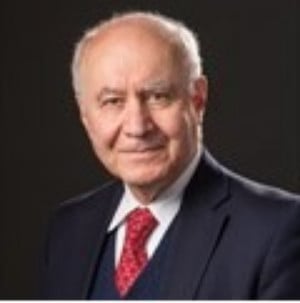Clinical Use of Botulinum Toxins
A special issue of Toxins (ISSN 2072-6651). This special issue belongs to the section "Bacterial Toxins".
Deadline for manuscript submissions: closed (31 August 2012) | Viewed by 129113
Special Issue Editor
Interests: Botulinum toxin, Botulinum neurotoxin, Neuropathic pain , neuralgia, pain, pain medicine
Special Issues, Collections and Topics in MDPI journals
Special Issue Information
Dear Colleagues,
Introduction of Botulinum toxins(BoNTs) as therapeutic agents in clinical medicine have significantly improved management of involuntary movement disorders, debilitating spasticity and pain associated with a number of medical ailments. Animal data have shown that BoNTs do not only block the release of acetylcholine from presynaptic vesicles but also inhibit the release of a number of neurotransmitters and peptides most notable among them pain modulators (glutamate, substance P, calcitonin gene related peptide). The goal of this issue is to provide latest information about clinical utility of the BoNTs in clinical medicine. Those clinical conditions in which blinded and placebo controlled studies indicate efficacy is covered in details. The efficacy will be defined according to the guidelines of the American Academy of Neurology. The areas with potential efficacy based on smaller blinded studies or multiple prospective open observations will be mentioned briefly at the end of this issue.
The topics of this issue include: The molecular structure and mechanisms of action of botulinum toxins, blepharospasm, hemifacial spasm and facial dystonias, cervical dystonia and focal limb dystonia, headache and other pain disorders, conditions of increased muscle tone (spasicity and rigidity), genitourinary and gastrointestinal indications, orthopaedic indications , authonomic disorders (sialorhea and hyperhidrosis), tremors and tics, cosmetic indications, potential indications for future use.
Prof. Dr. Bahman Jabbari
Guest Editor
Keywords
- botulinum toxin
- pain
- headaches
- spasticiy
- dysonia
- sialorrhea
- hyperhidrosis
- blepharospasm
- hemifacial spasm
- tremor
Related Special Issue
- Botulinum Toxins on Human Pain in Toxins (33 articles)






